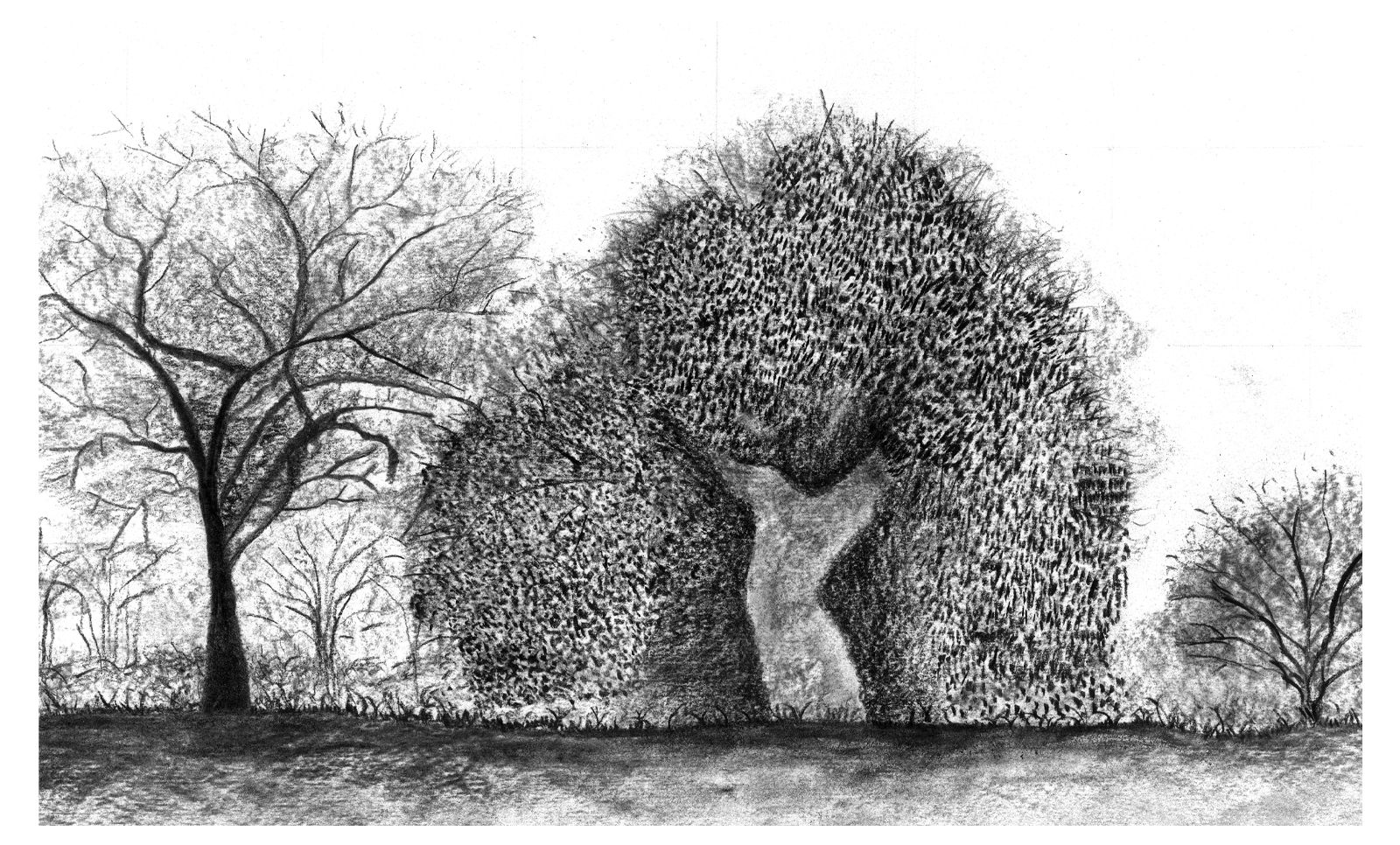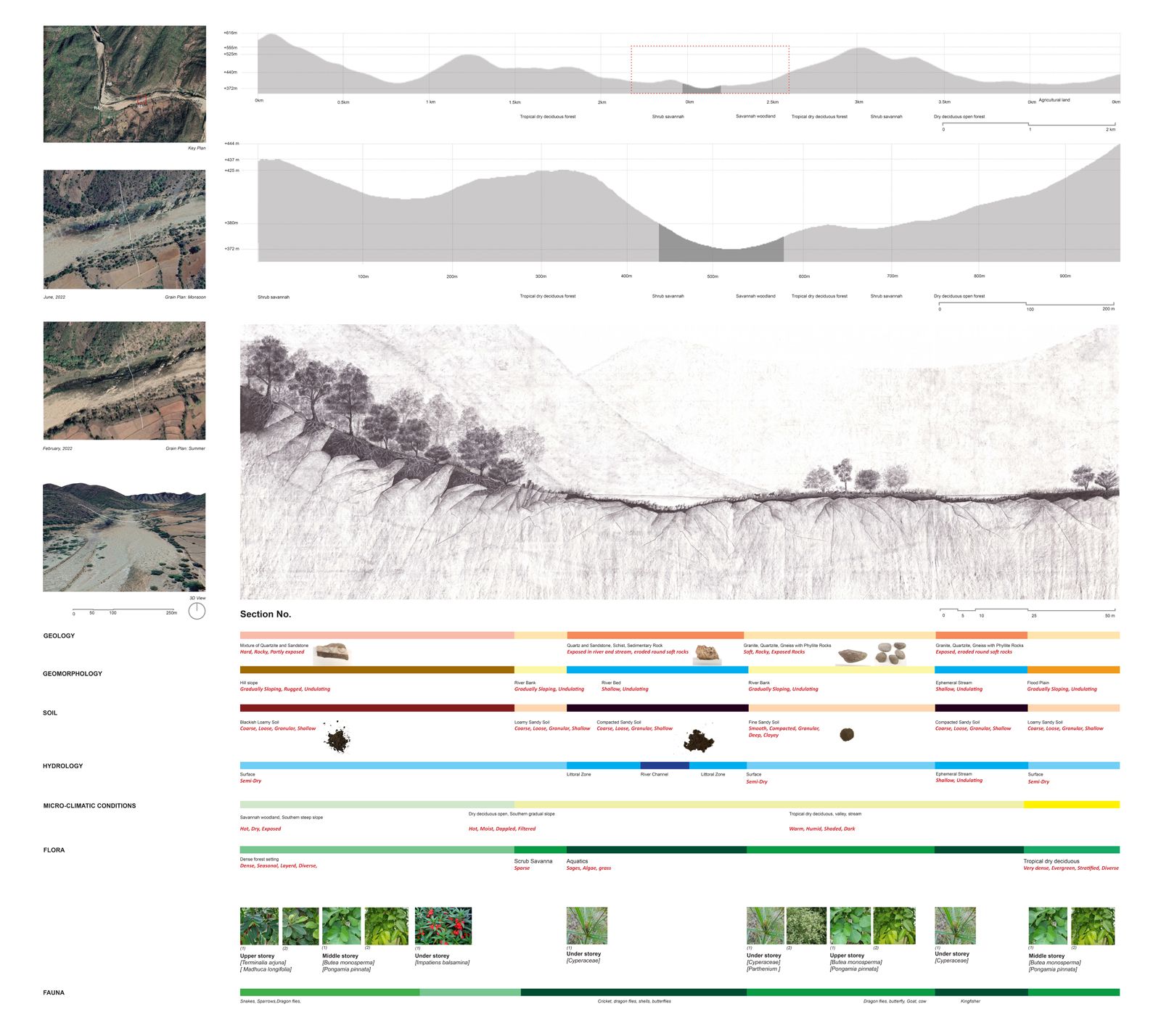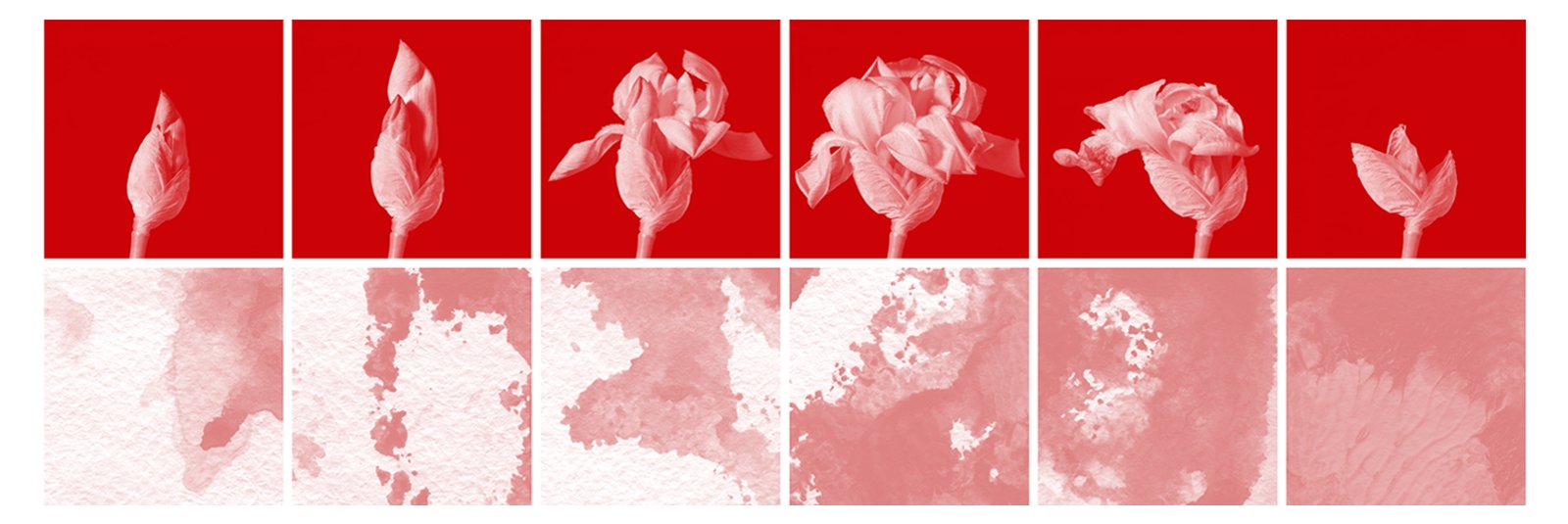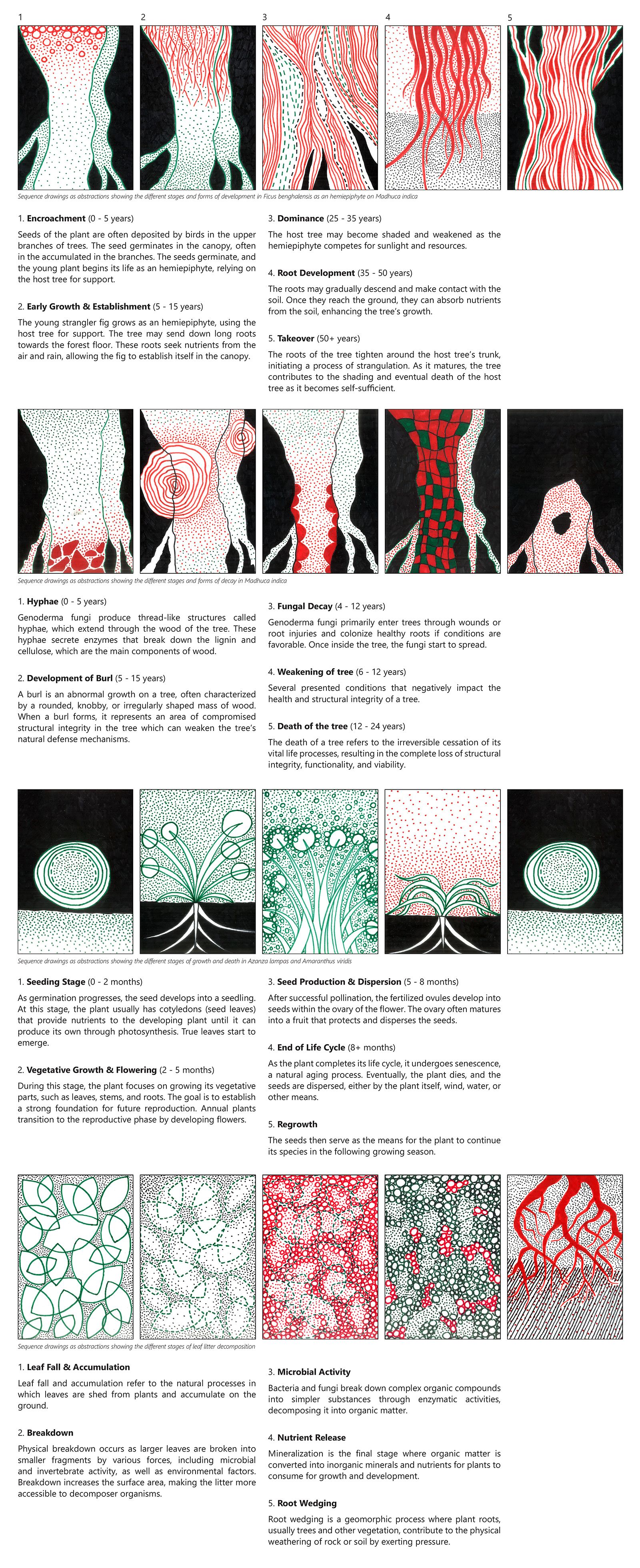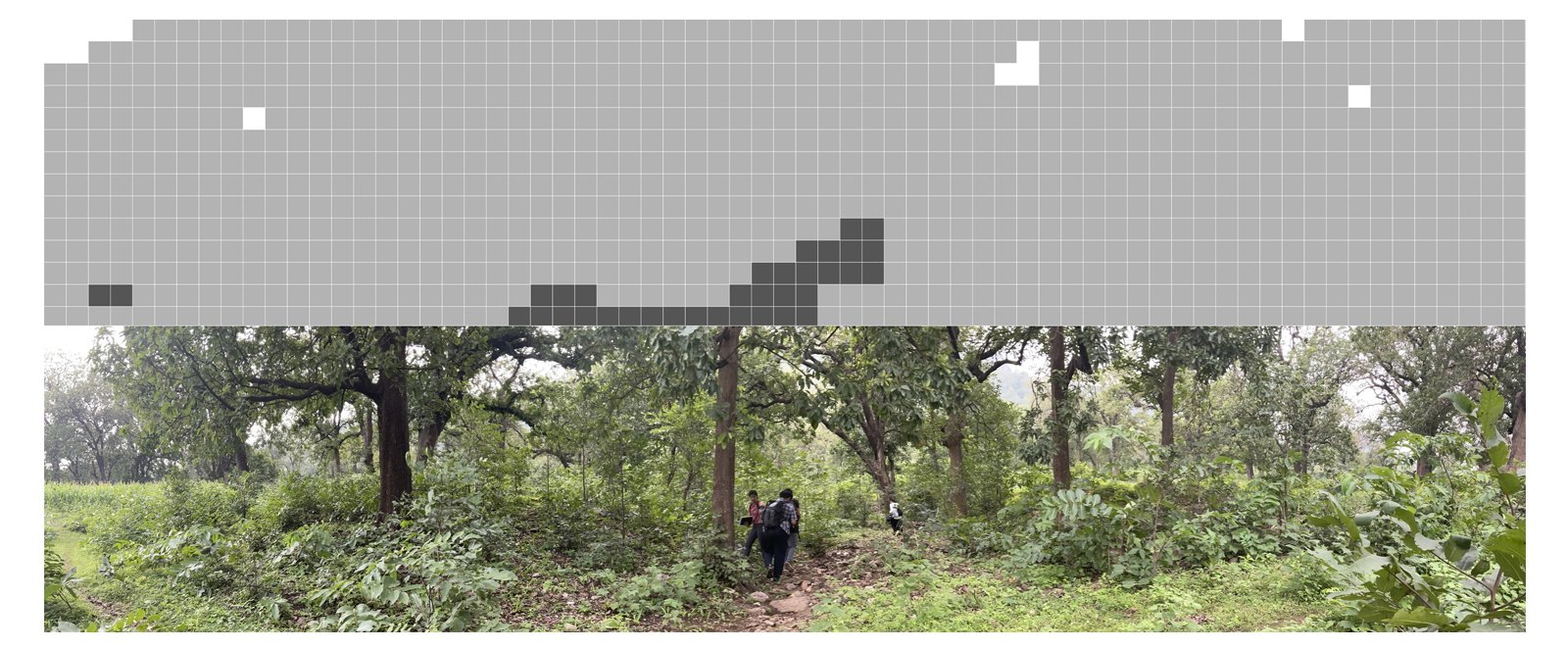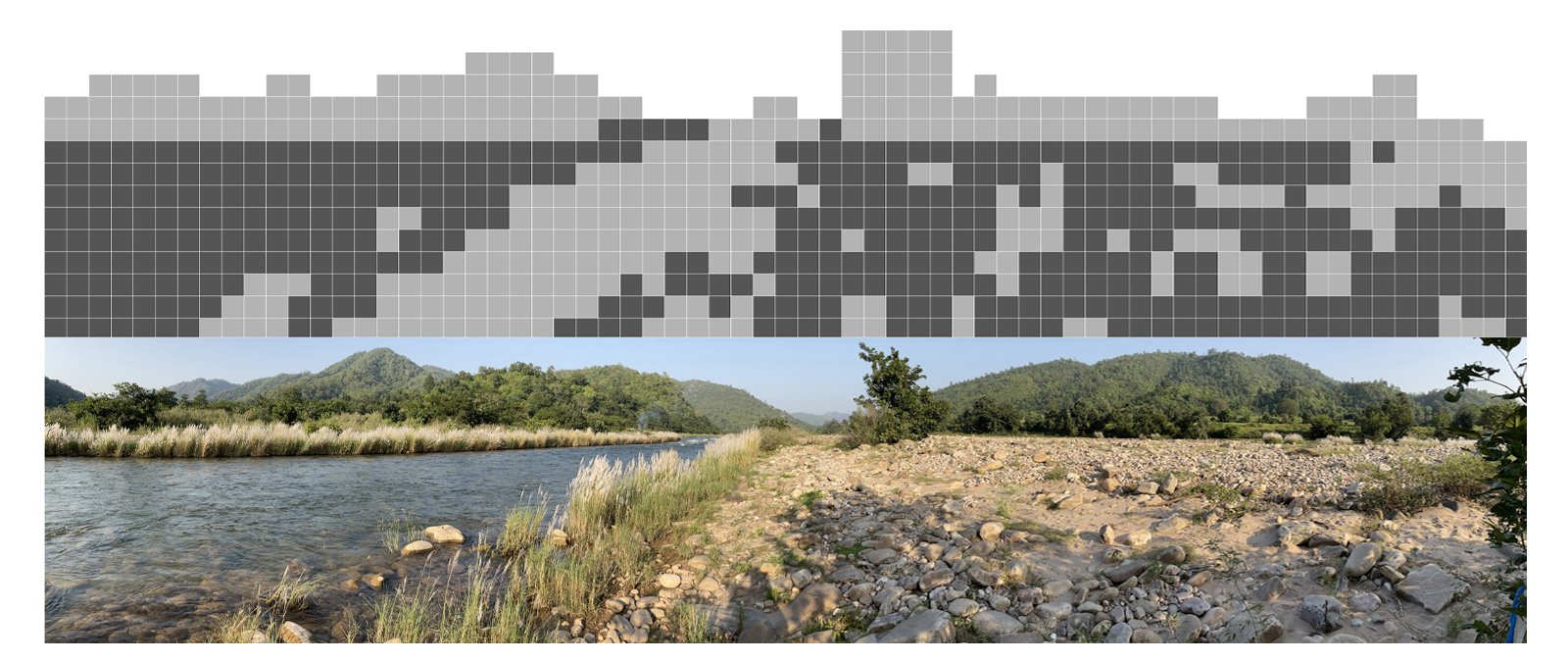Your browser is out-of-date!
For a richer surfing experience on our website, please update your browser. Update my browser now!
For a richer surfing experience on our website, please update your browser. Update my browser now!
The project attempts to explore landscape in its various stages of development, presenting the dynamic process of change, rather than displaying patterns of behavior at its peak. Cycles of fading, wilting and dying are integral to the understanding of landscape as are budding, growing and flowering. This cyclic phenomena of erasure points towards an interest of wanting to observe the forms of decay in the forest. It will predominantly visualize ends and subsequent beginnings, perspectives of time, cycle of death and life that gives a temporal measure to our landscape.
The project is largely phased in Introduction, Establishing Decay, Speculating Typological Decay where the project attempts to observe, record and represent forms of decay in selected typologies while locating
Phulwari ki Nal in the context as a premise for observation.
From the perspective of ecology, death is a positive event; it is the process that allows for the sustainment and renewal of life because death is necessary for the recycling of nutrients and material, and death is necessary for an organism to obtain food. Death allows for the flourishing, renewal, and continuation of all life. According to ecology, the earth is an open system itself, like all other ecosystems, and will also come to a complete end, so although death serves a good purpose it also has the last word.

